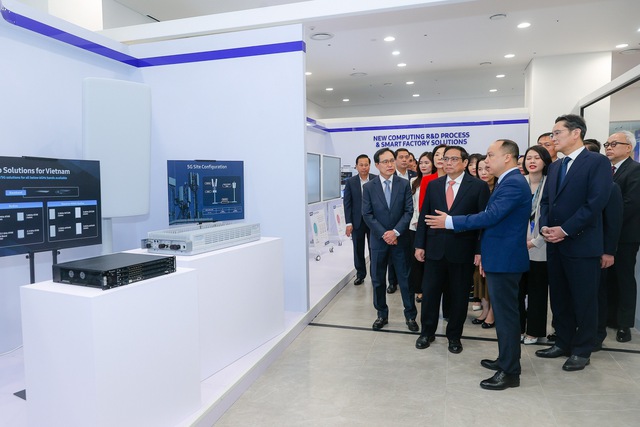Thirty-five years of foreign investment attraction
VGP – More than 62 percent of total foreign investment capital in Viet Nam has been disbursed over the last 35 years since the country adopted historic law on foreign investment.

On December 29, 1987, Viet Nam's Law on Foreign Investment was officially adopted, marking a historic milestone in the country's history. This is also the first law issued after the launch of the reform process in 1986.
Following the introduction of the Law on Foreign Investment, the Law on Private Enterprises and the Company Law were enacted in 1990 and the 1980 Constitution was revised in 1992.
In 1991, Viet Nam organized the first Investment Forum with the attendance of Party General Secretary Nguyen Van Linh.
The Law on Private Enterprises and the Company Law were replaced with the first-ever Enterprise Law of Viet Nam in 1999, which created a common legal foundation governing enterprises of all types.
The above moves resulted in a wave of foreign investment inflows to Viet Nam, making the country one of attractive destinations in the region and the world.
As of December 20, 2022, there were 36,278 active projects with total registered capital of US$438.69 billion, reported the Foreign Investment Agency (FIA) under the Ministry of Planning and Investment.
The disbursed volume reached US$274 billion, equal to 62.5 percent of the total foreign investment capital inflows to Viet Nam, said the FIA.
In 2022, Viet Nam's foreign investment attraction was impressive, according to a post on the East Asia Forum.
At least 11 Taiwanese companies in Apple's supply chain have relocated to Viet Nam and negotiations are underway for increased production of tablets and smartphones. Lego opened a US$1 billion plant in the southern industrial hub of Binh Duong that will include cutting-edge environmental standards to achieve carbon neutral emissions. Existing foreign investors, such as Samsung and Intel, have deepened and expanded their operations.
Total foreign direct investment increased 15 percent year-on-year, adding 1570 new projects worth US$9.9 billion, total export and import turnover grew 5.7 per cent to US$58.3 billion.
The International Monetary Fund and the Asian Development Bank predicted that GDP growth will hit 7 and 6.5 per cent in 2022 respectively.
Also in 2022, foreign-invested sector contributed up to US$522 billion to Viet Nam's trade value (more than US$700 billion) with the rest of the world. The sector's export turnover was estimated at around US$234.7 billion, up 7.4 percent against the same period last year and accounting for 65.1 percent of Viet Nam's total export value.
Nowadays, foreign investors from 141 countries and territories have poured capital in 19 out of 21 economic sectors, in which manufacturing and processing took the lead with more than US$260 billion, or 59.3 percent of the total foreign investment capital.
Real estate and power generation and distribution came second and third with nearly US$66.3 billion and US$38.3 billion, respectively.
The Republic of Korea is the current biggest foreign investor in Viet Nam, with around US$81 billion, or 18.5 percent of the total foreign investment inflows, followed by Singapore with more than US$70.8 billion.
Ho Chi Minh City – Viet Nam's largest economic engine – is the top investment destination with more than US$58 billion, accounting for 12.7 percent of the total foreign investment inflows. Binh Duong and Ha Noi occupy the second and third places with US$39.6 billion and US$38.7 billion, respectively./.
